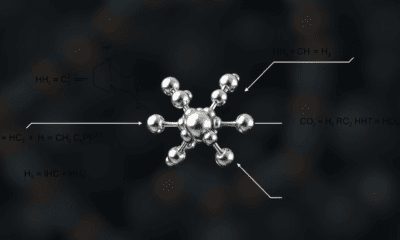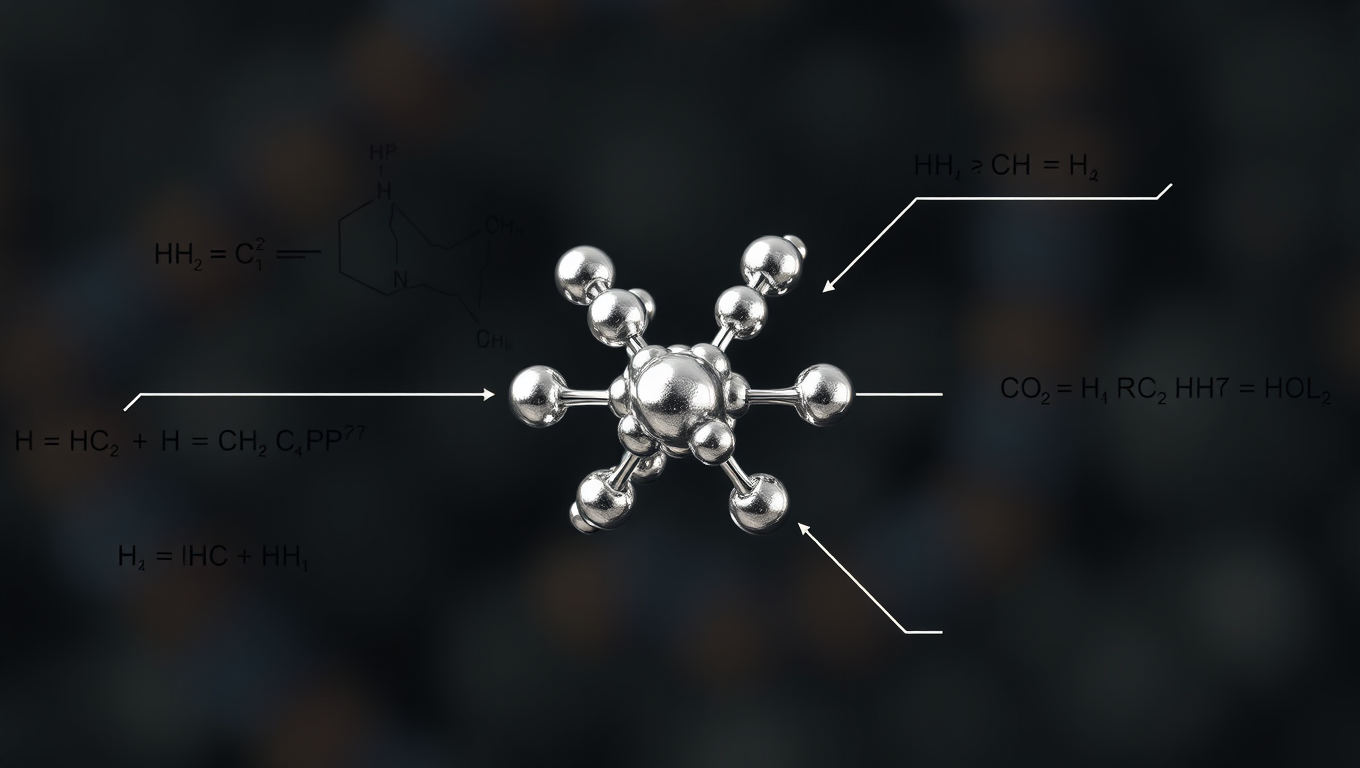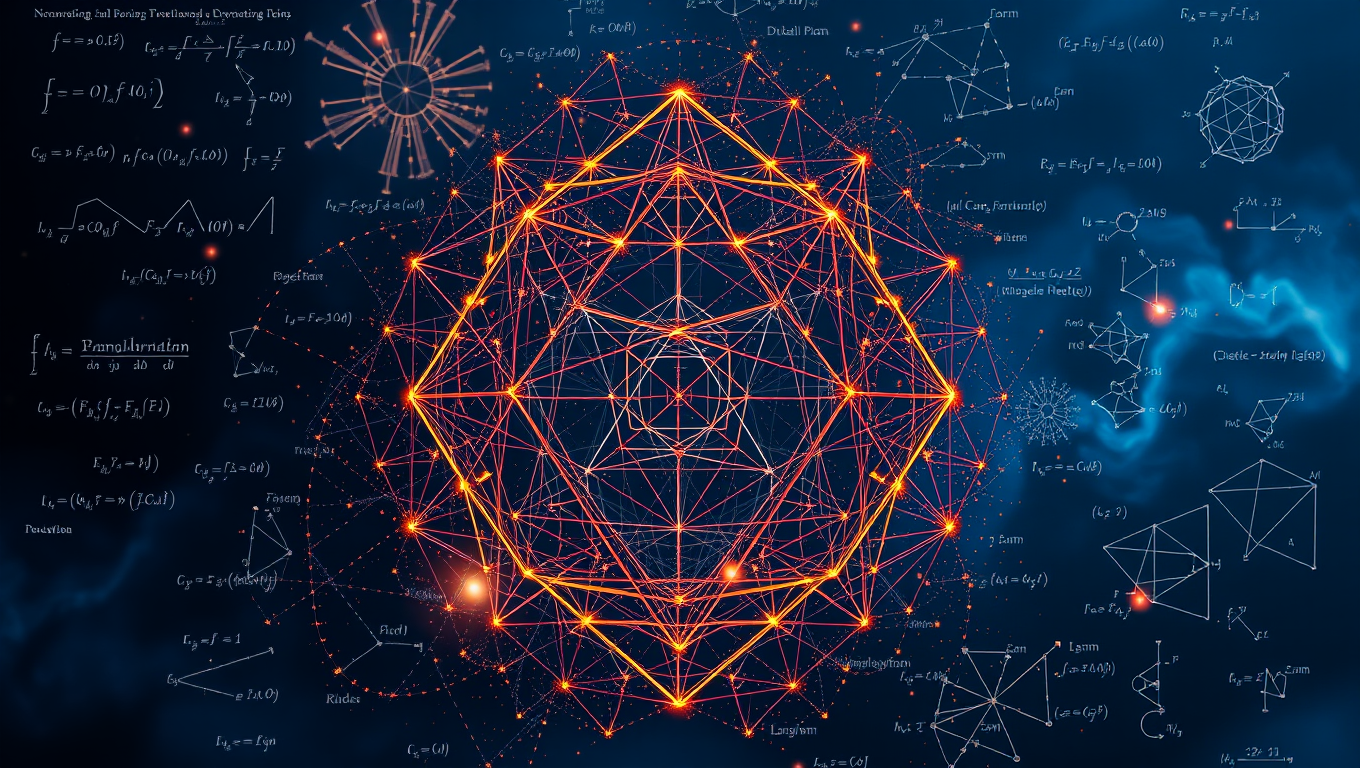While we try to keep things accurate, this content is part of an ongoing experiment and may not always be reliable.
Please double-check important details — we’re not responsible for how the information is used.
Engineering and Construction
Unveiling a Secret Material from Meteorites: A Hybrid Crystal-Glass that Defies Heat
A rare mineral from a 1724 meteorite defies the rules of heat flow, acting like both a crystal and a glass. Thanks to AI and quantum physics, researchers uncovered its bizarre ability to maintain constant thermal conductivity, a breakthrough that could revolutionize heat management in technology and industry.

Computer Modeling
Unveiling the Hidden Power of Quantum Computers: Scientists Discover Forgotten Particle that Could Unlock Universal Computation
Scientists may have uncovered the missing piece of quantum computing by reviving a particle once dismissed as useless. This particle, called the neglecton, could give fragile quantum systems the full power they need by working alongside Ising anyons. What was once considered mathematical waste may now hold the key to building universal quantum computers, turning discarded theory into a pathway toward the future of technology.
Biochemistry
Shape-Shifting Catalysts: Revolutionizing Green Chemistry with a Single Atom
A team in Milan has developed a first-of-its-kind single-atom catalyst that acts like a molecular switch, enabling cleaner, more adaptable chemical reactions. Stable, recyclable, and eco-friendly, it marks a major step toward programmable sustainable chemistry.
Astrophysics
The Unifying Language of Mathematics: A New Perspective on Physics and Cosmology
By exploring positive geometry, mathematicians are revealing hidden shapes that may unify particle physics and cosmology, offering new ways to understand both collisions in accelerators and the origins of the universe.
-

 Detectors7 months ago
Detectors7 months agoA New Horizon for Vision: How Gold Nanoparticles May Restore People’s Sight
-

 Earth & Climate9 months ago
Earth & Climate9 months agoRetiring Abroad Can Be Lonely Business
-

 Cancer8 months ago
Cancer8 months agoRevolutionizing Quantum Communication: Direct Connections Between Multiple Processors
-

 Albert Einstein9 months ago
Albert Einstein9 months agoHarnessing Water Waves: A Breakthrough in Controlling Floating Objects
-

 Earth & Climate8 months ago
Earth & Climate8 months agoHousehold Electricity Three Times More Expensive Than Upcoming ‘Eco-Friendly’ Aviation E-Fuels, Study Reveals
-

 Diseases and Conditions9 months ago
Diseases and Conditions9 months agoReducing Falls Among Elderly Women with Polypharmacy through Exercise Intervention
-

 Chemistry8 months ago
Chemistry8 months ago“Unveiling Hidden Patterns: A New Twist on Interference Phenomena”
-

 Agriculture and Food8 months ago
Agriculture and Food8 months ago“A Sustainable Solution: Researchers Create Hybrid Cheese with 25% Pea Protein”





























